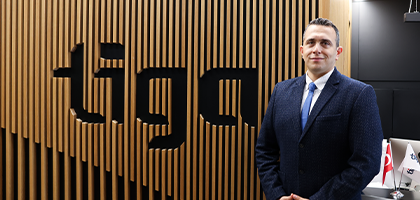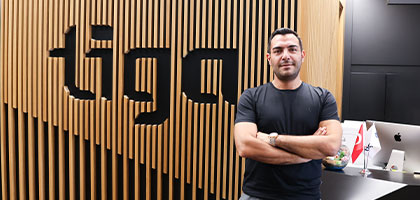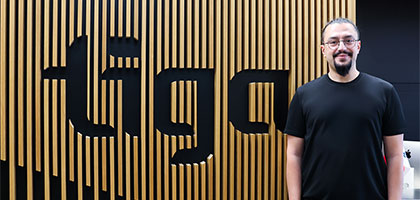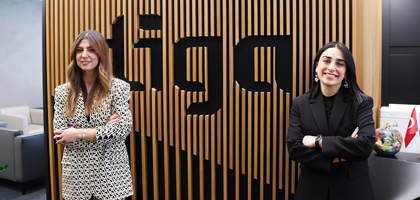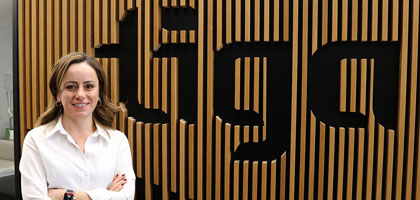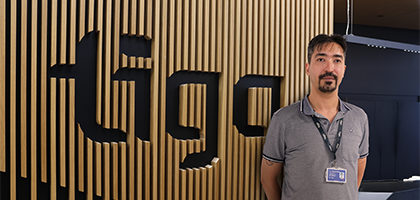
Insights
An Interview with Eminullah Yaşar on R&D Strategy and Execution: Shaping the Future of Advanced R&D Projects
We interviewed Eminullah Yaşar, our Software Architect, who shared his insights on research and development (R&D) project management, the role of AI and other emerging technologies in healthcare, critical shifts in the industry, and more. Yaşar emphasized the importance of technology-driven R&D efforts in accelerating healthcare innovation.
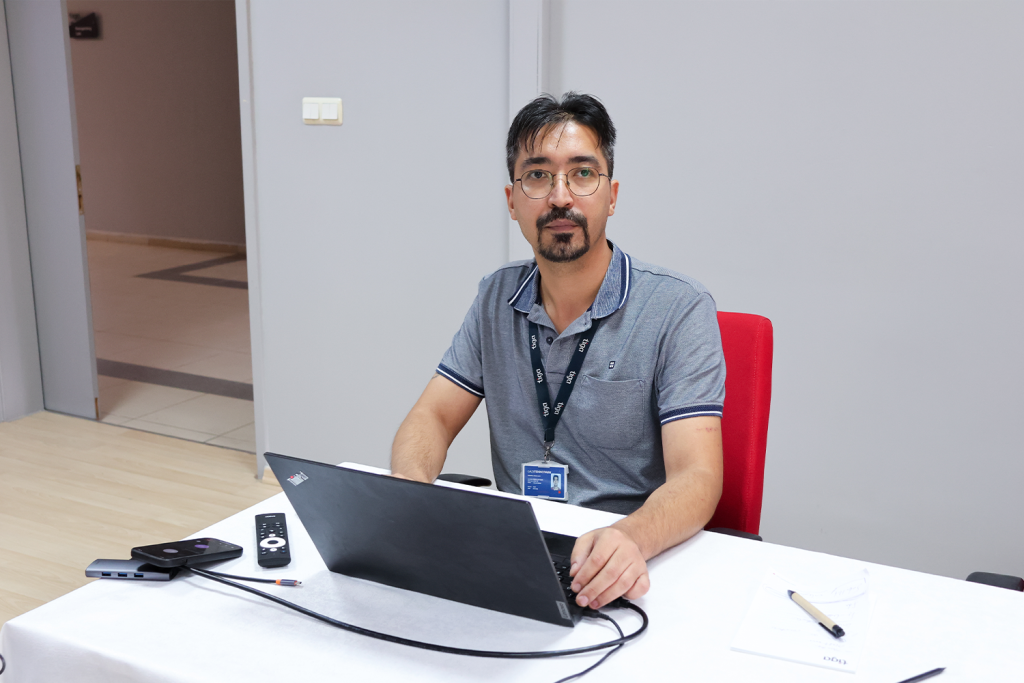
Here’s the interview:
1. To begin with, could you walk us through your professional journey in R&D? How have you seen technology evolve throughout your career, especially in the healthcare IT industry?
My journey in healthcare IT began shortly before my undergraduate graduation in 2013. I developed the Laboratory Information Management System for Dokuz Eylül University Hospital, one of the most established institutions in İzmir. After graduation, I started working in the field of R&D, where I developed a range of AI-powered systems and robotic devices for hospitals. Today, ten of the advanced technologies that I’ve built are actively used in many countries and hospitals, making a direct impact on patients’ lives.
Since 2013, I have been working in healthcare IT R&D and have witnessed the rapid evolution of technology. I have seen revolutionary leaps like moving from Oracle Forms to interfaces allowing natural language querying. Today, it is no longer enough to simply store or process data; we need systems that can analyze data in advance, interpret it from multiple perspectives, and even suggest solutions. The healthcare industry has also been swept up in this transformation. Significant progress has been made, especially in the field of image processing. For example, the “IDx-DR” system, an FDA-approved AI device for diabetic retinopathy screening, can interpret results directly, without the need for a healthcare professional’s examination.
Although the healthcare sector was initially slow to embrace these innovations, it has been unable to resist digital transformation with examples like robotic surgery enabling operations across continents.
2. In what ways have these technological shifts influenced your approach to project development?
In the past, everything in healthcare projects was planned in detail from the beginning, and teams strictly followed that plan. However, technology is advancing at an incredible pace today. For instance, the hardware and software we use can be updated in a matter of months. That’s why I always use the most up-to-date and reliable technologies in my projects.
For example, there was a time when we used Kinect for motion analysis. Now, I can perform more complex tasks through 3D scanning via LiDAR sensors in smartphones. For this reason, I prioritize flexibility and rapid adaptation.
By applying Agile methodology, I progress in short cycles, quickly adapt to changes, and achieve continuous improvement. This methodology allows me to safely and effectively integrate technological innovations into my projects, combining clinical needs with technology to deliver faster and higher-quality solutions.
On the other hand, the active involvement of medical advisors is essential in healthcare projects. They guide the project, determine critical priorities, and ensure patient safety.
3. When developing an R&D project within healthcare IT, what factors do you prioritize during the selection of technology?
In healthcare IT projects, I prefer hybrid technologies which can operate both on-premises and in the cloud. Moreover, choosing solutions with strong integration capabilities is critical because it is no longer possible to develop a single system that meets all needs on its own. Every project must be able to work seamlessly with diverse systems.
For example, it might be necessary to read a lab result from a device and issue a work order while processing the patient’s image and presenting it to the physician. Furthermore, the integration with billing systems built on older technologies is mandatory. Therefore, distributed architectures, standard protocols like HL7 and FHIR, and API-based integrations are key choices. Flexible and interoperable technologies protect the existing infrastructure and make it easier to adapt to future innovations.
4. What are the key principles you follow for successful R&D project architecture?
R&D is an art, no matter what field it is conducted in; the art is 10% inspiration and 90% hard work.
Before designing the architecture, ideas and solution strategies must be clearly defined. This does not eliminate flexibility during the project, but it ensures clarity and informed decision-making at the start, preventing unnecessary iterations.
In large-scale projects, I usually apply the 'divide and conquer' approach. I split the project into small, manageable pieces and design each piece so it can be easily modified when needed. For example, if an AI model I am using is replaced with a more advanced version, I only update the specific module. This does not affect the mobile app, data integrations, or other systems. This approach simplifies change management and minimizes risks.
Limiting a project based on current technologies is a major mistake. This approach blocks innovation and restricts the project before it even begins. Because of this, building open-minded, curious, and skilled teams is crucial. People who are satisfied with routine work should not take part in R&D or innovation-focused projects. The success of these projects depends directly on the curiosity, problem-solving ability, and adaptability of the team members.
In conclusion, starting with a clear strategy and designing a modular and flexible architecture along with assembling the right team ensures that projects are sustainable and innovative.
5. With the rapid pace of AI advancements, how do you incorporate AI into your R&D projects? What are your key considerations during the integration of this emerging technology into existing architectures or the development of AI-driven solutions?
We have a team that closely follows developments in AI. We hold regular meetings every month to discuss new technologies, tools, and ideas. These meetings pave the way for new ideas and the discovery of opportunities that will improve our current projects. Of course, we do not directly apply every new development to our projects. We strategically select those that add value and are compatible with our architectures.
Our team members work as developers while maintaining a researcher’s perspective. This approach allows us to stay up to date while critically evaluating innovations. Before integrating a new technology into a project, we carefully examine its pros and cons. Then, we create a small demonstration or prototype to gain hands-on experience and strengthen our mastery of the technology. This process minimizes risks and prevents unexpected issues in later stages of the project.
Therefore, we follow the ‘test first, implement later’ approach instead of direct integration. Thus, our team becomes proficient with new technologies and develops projects in a safer and more controlled manner. This disciplined and research-focused approach makes innovation sustainable and enhances the overall quality of our projects.
6. In your opinion, what are the biggest challenges in R&D within healthcare IT over the next 5 years? In your view, how can these challenges best be addressed?
In the coming period, it will not become more difficult to produce projects in the field of R&D; on the contrary, different opportunities will arise.
I think that the idea that ‘‘Everything has already been discovered, and AI does everything.’’ is completely wrong. Today, technology offers previously unimaginable possibilities for almost every idea. In the healthcare sector, this accelerates clinical innovations and allows for the realization of projects which were once difficult to implement.
The biggest challenge in healthcare is determining who take the responsibility for decisions. AI can make decisions on its own, but how will the responsibility for incorrect decisions be defined? Can AI be held accountable like a human? These ethical and legal questions will be among the most critical discussions over the next five years and will directly influence the design of healthcare projects.
In my opinion, it should become mandatory for AI models to produce standardized outputs. Models that fall below benchmark values should be prevented from use, and only reliable and verified systems should be integrated into projects. Additionally, more medical data should be anonymized and made available for research. This would be a significant step toward increasing both the speed and reliability of healthcare innovation. These issues should be addressed at the level of governments and regulatory bodies, and clear policies should be established.
As Explainable AI develops, its integration into healthcare projects will become much easier. Being able to clearly explain the decisions made by the model not only builds trust among clinical experts but also helps ensure patient safety and maintain ethical standards. In this way, AI will become a trusted and sustainable partner in delivering healthcare services.
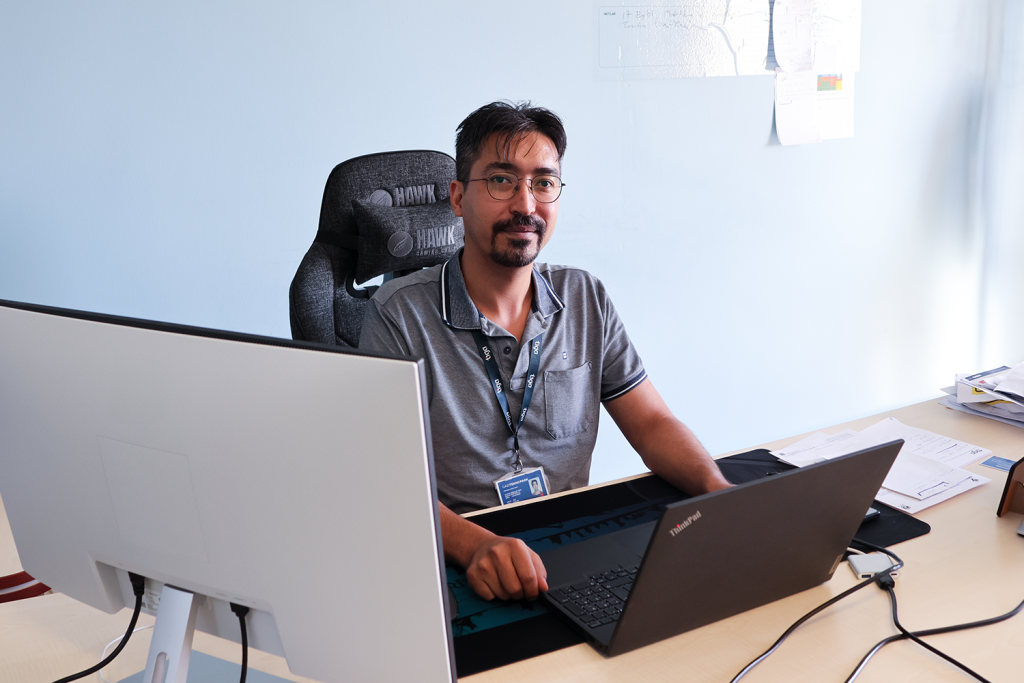
Key Points of the Interview
- Technology Integration in Healthcare: Modern healthcare projects can benefit from the combination of AI and advanced technologies with flexible and modern architectures. Interoperability across different systems and the use of hybrid solutions supports sustainable innovation.
- Effective Process and Team Management: Agile methodology allows quick adaptation and continuous improvement. Teams blending software development and research perspective can eliminate possible risks and build stronger familiarity with different technologies.
- Ethics, Safety, and Accountability: The consideration of ethical practices, patient safety, and accountability is important when implementing AI and other technologies. Standardized, verified systems and Explainable AI can contribute to a safer and more reliable healthcare ecosystem.
This conversation with Eminullah Yaşar underscores the challenges and opportunities within healthcare R&D. According to Yaşar, innovation in healthcare depends on strategy, adaptability, and responsibility along with technology. By combining research-driven thinking with ethical awareness, healthcare R&D can be more human-centered.
Let’s shape the future together, as always!
